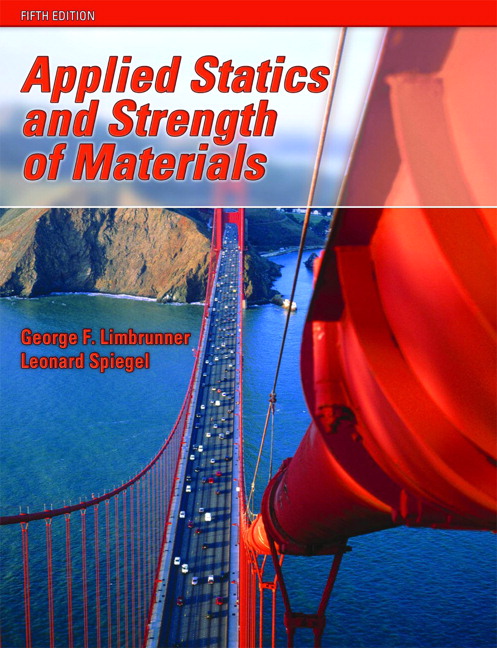I analyze Osaka factory worker households in the early 1920s, whether idiosyncratic income shocks were shared efficiently, and which consumption categories were robust to shocks. While the null hypothesis of full risk-sharing of total expenditures was rejected, factory workers maintained their households, in that they paid for essential expenditures (rent, utilities, and commutation) during economic hardship. Additionally, children's education expenditures were possibly robust to idiosyncratic income shocks. The results suggest that temporary income is statistically significantly increased if disposable income drops due to idiosyncratic shocks. Historical documents suggest microfinancial lending and saving institutions helped mitigate risk-based vulnerabilities.
翻译:我分析了1920年代初大阪工厂工人家庭的情况,即是否有效地分享了特殊收入冲击,以及哪些消费类别是抵御冲击的有力因素。 虽然拒绝完全分担总开支风险的无效假设,但工厂工人保留了家庭,因为他们在经济困难期间支付了基本支出(租金、水电费和折算费 ) 。 此外,儿童教育支出可能对于特殊收入冲击十分活跃。 结果表明,如果由于特殊收入冲击导致可支配收入下降,临时收入在统计上会大幅增加。 历史文件显示,小额金融贷款和储蓄机构有助于减轻基于风险的脆弱性。



